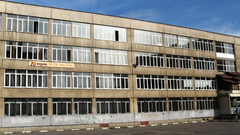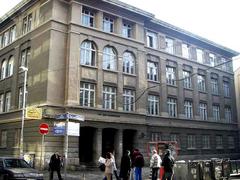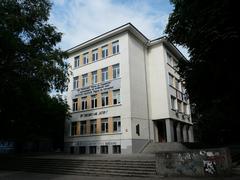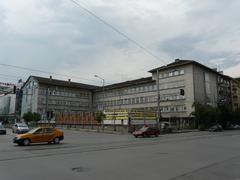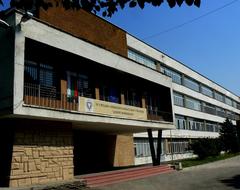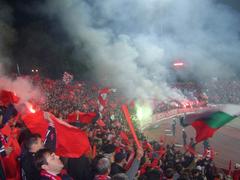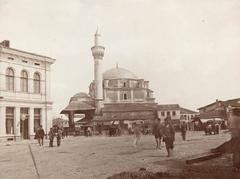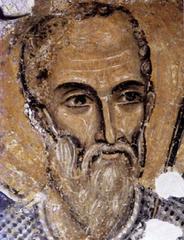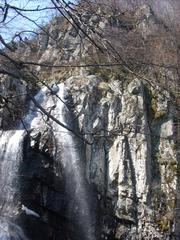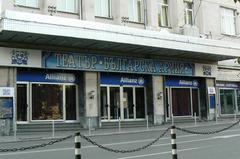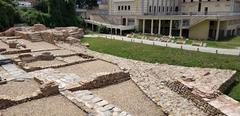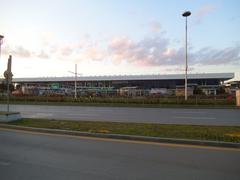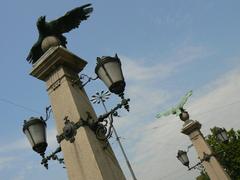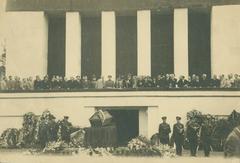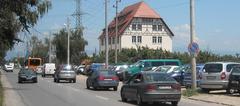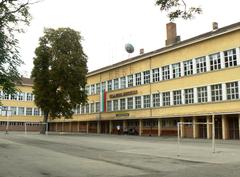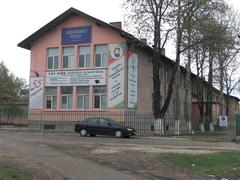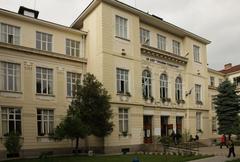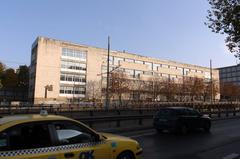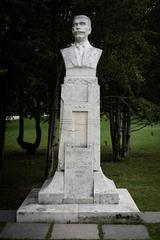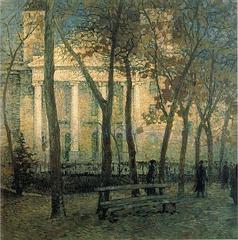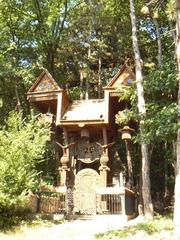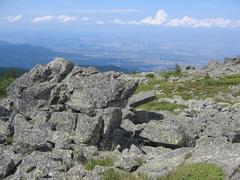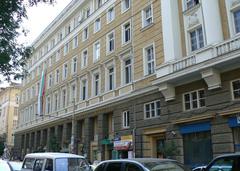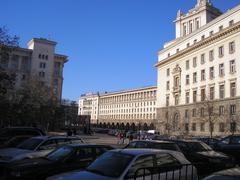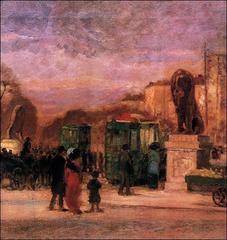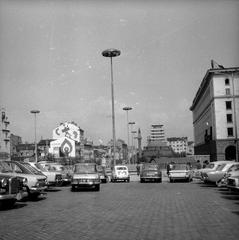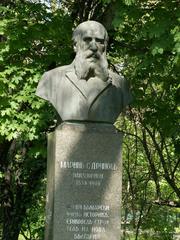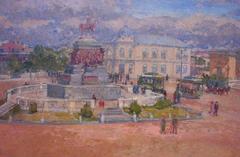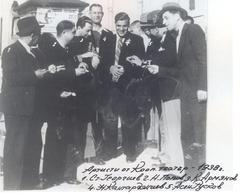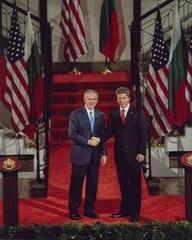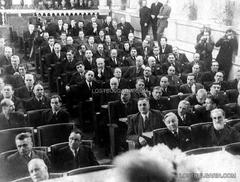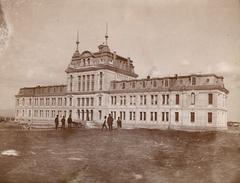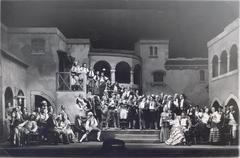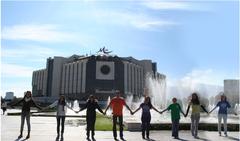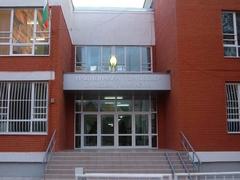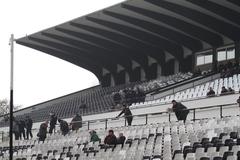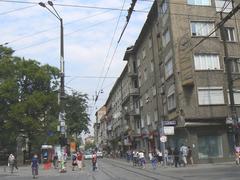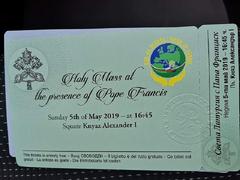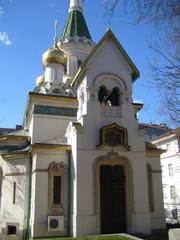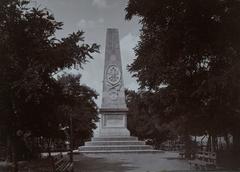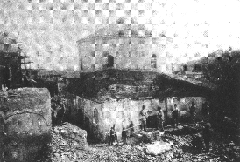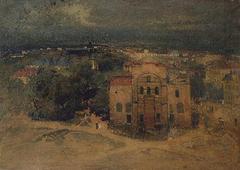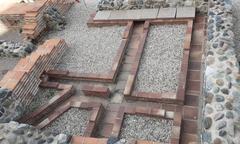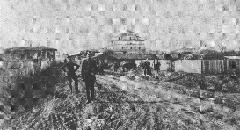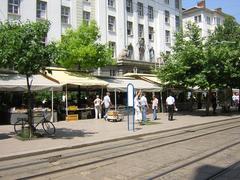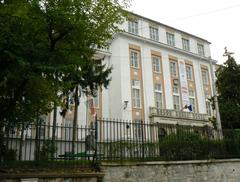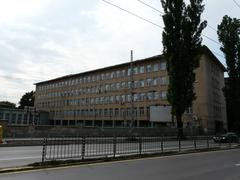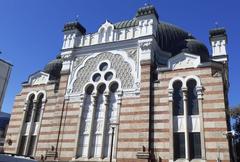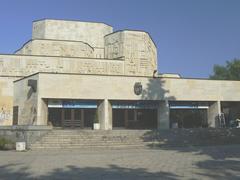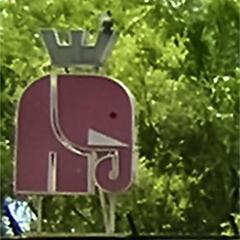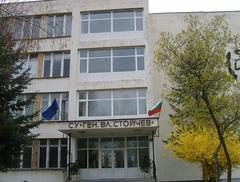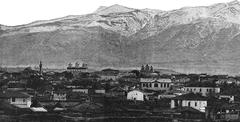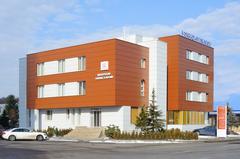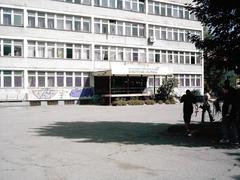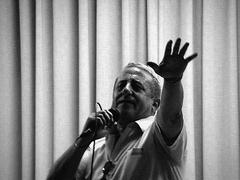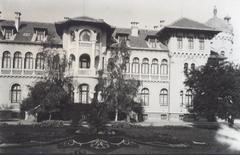
Royal Palace Sofia: Visiting Hours, Tickets, and Historical Sites Guide
Date: 04/07/2025
Introduction
The Royal Palace in Sofia is one of Bulgaria’s most significant historical and cultural landmarks, standing as a symbol of the nation’s journey from Ottoman rule to modern European statehood. Originally constructed between 1880 and 1883, shortly after Bulgaria’s liberation, the palace was designed to reflect the country’s renewed monarchy and Sofia’s status as capital (King Simeon II Official Site; National Gallery). Its architecture combines Viennese Neo-Baroque, Renaissance, and distinctive Bulgarian elements, mirroring Bulgaria’s European ambitions (Eupedia).
No longer a royal residence, the palace is now home to the National Art Gallery and the National Ethnographic Museum, offering visitors the chance to explore grand ceremonial halls, diverse art collections, and exhibits on Bulgarian folk traditions (visitsofia.bg; whichmuseum.com). This guide presents essential information for your visit, including historical background, architectural highlights, visiting hours, ticketing, accessibility, nearby attractions, and practical tips to help you plan a memorable experience.
For the latest updates on hours, ticket prices, and special events, consult the National Gallery website or the King Simeon II Official Site.
Table of Contents
- Overview and Historical Significance
- Origins and Architectural Evolution
- Transformation in the 20th Century
- Visiting Information: Hours, Tickets, and Accessibility
- Nearby Attractions and Photography Tips
- Visitor Facilities and Services
- Guided Tours and Educational Resources
- Practical Travel Tips
- Frequently Asked Questions (FAQ)
- Conclusion and Call to Action
- References
Overview and Historical Significance
The Royal Palace is centrally located on Knyaz Alexander I Square, anchoring Sofia’s city center and serving as a testament to Bulgaria’s resilience and aspirations. Built shortly after the country’s independence, the palace quickly became a symbol of national identity, hosting royal ceremonies, diplomatic events, and cultural gatherings (National Gallery).
Origins and Architectural Evolution
The palace’s roots trace back to the late 19th century, replacing a Turkish konak (governor’s residence) that had been rebuilt after a fire (King Simeon II Official Site). Prince Alexander I Battenberg commissioned Viennese architect Viktor Rumpelmayer to create a residence that would embody Bulgaria’s newfound sovereignty. The initial design blended Bulgarian National Revival motifs with Neo-Renaissance and Neo-Baroque elements, signaling both national pride and alignment with contemporary European trends (Eupedia).
Under Ferdinand I, architect Friedrich Grünanger expanded the palace, adding a three-storey north-eastern wing featuring modern amenities, private royal apartments, a library, reception halls, and winter gardens. The landscaped palace park, with fountains and decorative lighting, was designed with Prince Ferdinand’s input, further enhancing its stature.
Transformation in the 20th Century
After the monarchy’s abolition in 1946, the palace shifted from a royal residence to a cultural institution. Initially the seat of the Council of Ministers, it became home to the National Art Gallery and National Ethnographic Museum in 1953, opening its doors for public exhibitions and events (National Gallery; explorecity.life).
Visiting Information: Hours, Tickets, and Accessibility
Location:
1 Knyaz Alexander I Square, Sofia (about-sofia.com)
Visiting Hours:
- Tuesday to Sunday: 10:00 AM – 6:00 PM
- Closed Mondays and select public holidays (visitsofia.bg)
Tickets and Prices:
- Standard adult: 10–12 BGN (€5–6)
- Discounts for students, seniors, and groups
- Combined tickets for both museums available
- Occasional free entry on cultural holidays (visitsofia.bg)
Tickets can be purchased onsite (cash and card) or online via the National Gallery website.
Accessibility:
- Wheelchair accessible entrances and elevators in key areas
- Some upper floors may be less accessible—contact the museum in advance if needed
- Assistance is available on request (whichmuseum.com)
Guided Tours:
- Offered in Bulgarian and English
- Advance booking recommended
- Audio guides and brochures in multiple languages
Nearby Attractions and Photography Tips
Located in Sofia’s historic center, the Royal Palace is within easy walking distance of major attractions like the Alexander Nevsky Cathedral, Ivan Vazov National Theatre, Rotunda of St. George, and Vitosha Boulevard (toursbulgaria.com; urban-wanders.com).
For photographers, highlights include the palace’s ornate façade, grand staircases, and gilded interior halls. The landscaped gardens and surrounding cityscape provide excellent backdrops, particularly during golden hour. Indoor photography is permitted in most areas, but flash and tripods are typically restricted.
Visitor Facilities and Services
- Cloakroom for coats and bags
- Restrooms on the ground floor
- Museum shop with books, postcards, and souvenirs
- No on-site café, but numerous options nearby in the City Garden and Vitosha Boulevard area
- Staff generally speak English and are available for assistance (whichmuseum.com)
Guided Tours and Educational Resources
Guided tours offer deeper insights into the palace’s history and collections. Educational materials, including brochures and exhibition guides, are available in several languages. The museum also organizes workshops, lectures, and cultural events throughout the year (thetouristchecklist.com).
Practical Travel Tips
- Best time to visit: Spring and fall for pleasant weather and fewer crowds (thesunrisedreamers.com)
- Language: Major exhibits have English translations. Audio guides and tours are recommended for non-Bulgarian speakers.
- Accessibility: Confirm your requirements with the museum in advance.
- Transit: The palace is easily reached by metro, tram, or bus; parking is limited, so public transportation is recommended.
- Combine your visit: Pair with a stroll through the City Garden or a performance at the Ivan Vazov National Theatre.
Frequently Asked Questions (FAQ)
Q: What are the Royal Palace Sofia visiting hours?
A: Tuesday to Sunday, 10:00 AM – 6:00 PM. Closed Mondays and some holidays.
Q: How much are tickets?
A: 10–12 BGN for adults, with discounts available. Combined tickets and free days offered on occasion.
Q: Are guided tours available in English?
A: Yes, both in Bulgarian and English. Book in advance for best availability.
Q: Is the Royal Palace accessible for visitors with disabilities?
A: The building is partially accessible, with elevators and ramps in key areas. Some upper floors may be less accessible—check with staff ahead of your visit.
Q: Is photography allowed inside?
A: Generally yes, but flash and tripods are restricted. Confirm current policies with museum staff.
Conclusion and Call to Action
The Royal Palace in Sofia offers a captivating journey through Bulgaria’s royal heritage, art, and culture. Its grand architecture, central location, and engaging exhibitions make it a highlight among Sofia’s historical sites. To ensure the best experience:
- Check current visiting hours and ticket prices on the official website
- Consider a guided tour or audio guide for in-depth exploration
- Combine your visit with other nearby attractions
- Download the Audiala app for audio tours and updates
- Follow the palace’s official social media for event news and travel tips
Plan your visit today and immerse yourself in the regal atmosphere and artistic riches of the Royal Palace Sofia.











